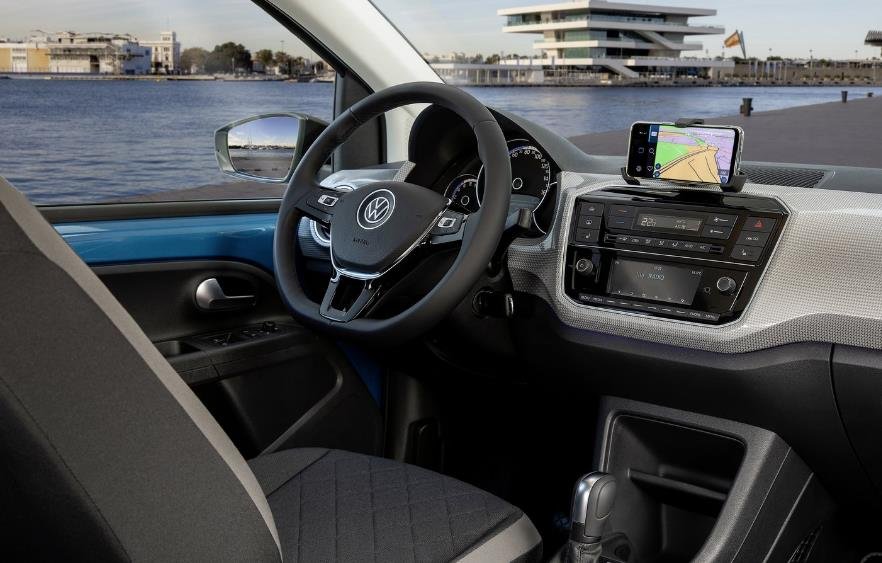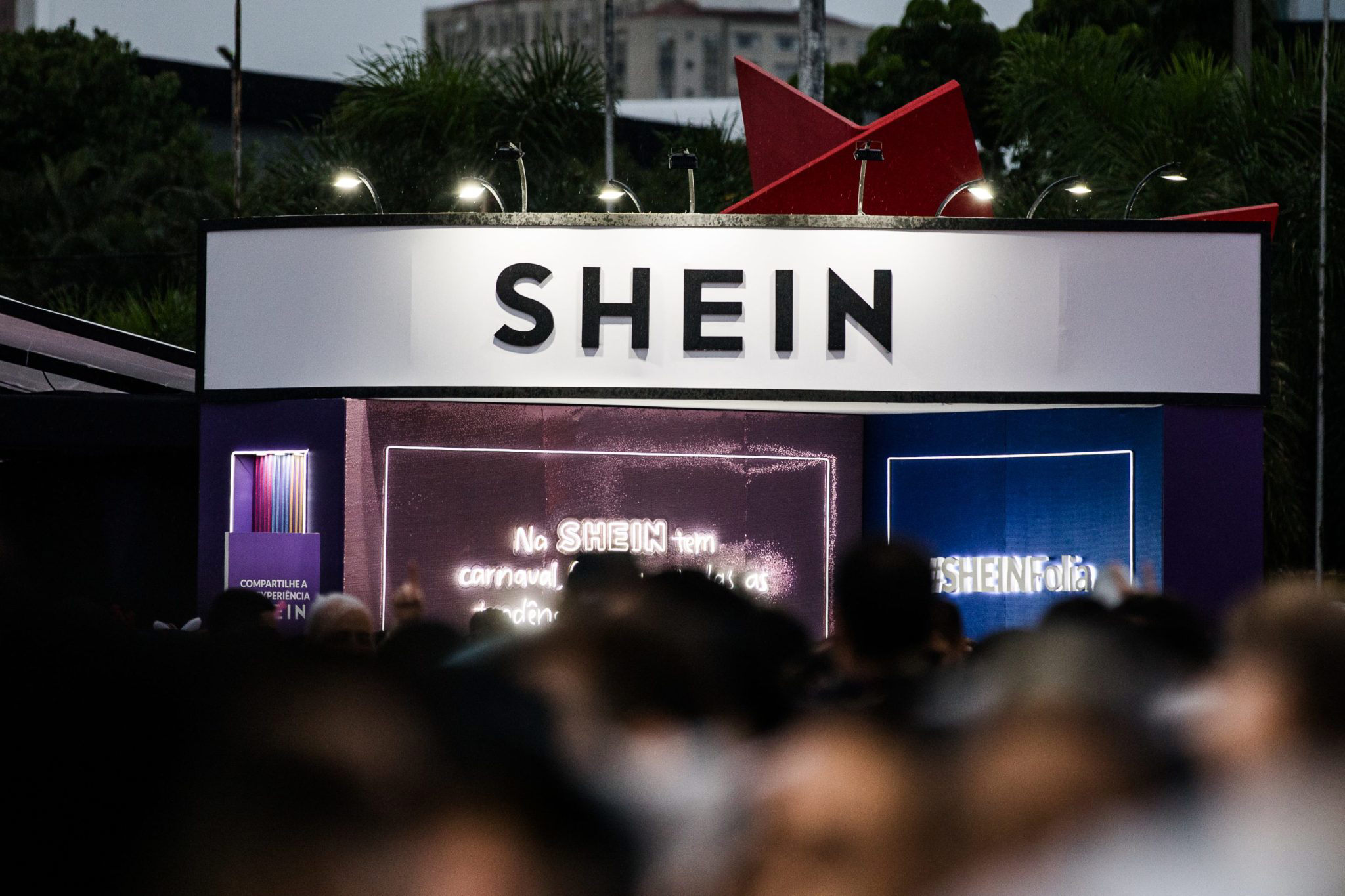China's EV Revolution: A Challenge And Opportunity For The US Auto Industry

Table of Contents
The Scale and Growth of China's EV Market
Market Size and Dominance
China's EV market is already the world's largest, boasting millions of vehicles sold annually and a rapidly expanding charging infrastructure. This dwarfs the US market in terms of both volume and growth rate.
- Sales Figures: In 2022, China sold over 6 million electric passenger vehicles, significantly outpacing the US market. Industry analysts project continued double-digit growth for the foreseeable future.
- Market Share: Chinese domestic brands hold a commanding market share in their home market, with BYD, Nio, and Xpeng leading the charge. This dominance is further solidified by the vast network of charging stations and government support.
- Future Projections: Experts predict that China will continue to dominate the global EV market for years to come, driven by strong government support and growing consumer demand for electric vehicles.
The factors contributing to China's market dominance include substantial government subsidies, a burgeoning middle class with a strong appetite for new technology, and a robust and increasingly sophisticated domestic supply chain for EV components.
Technological Advancements and Innovation
Chinese EV manufacturers are not just focused on volume; they are rapidly advancing battery technology, autonomous driving capabilities, and other key EV technologies, often at a competitive price point.
- Battery Technology: Chinese companies are making significant strides in battery density, extending the range of their EVs and reducing charging times. Blade batteries from BYD, for example, are known for their improved safety and energy density.
- Autonomous Driving: Chinese EV makers are aggressively investing in autonomous driving technologies, with some already deploying advanced driver-assistance systems (ADAS) in their vehicles.
- Fast-Charging Capabilities: The development of fast-charging infrastructure and technologies in China is accelerating, making long-distance EV travel increasingly feasible.
This relentless pursuit of innovation, fueled by substantial R&D investment, presents a significant challenge to US automakers who need to accelerate their own technological advancements to remain competitive.
Challenges for the US Auto Industry
Increased Competition
The influx of Chinese EVs into global markets, including the US, poses a significant threat to established US automakers. These companies often offer competitive pricing and features, putting pressure on US brands' market share.
- Market Entry: Chinese EV brands like BYD and Nio are actively expanding their presence in the US and other international markets, directly competing with established players.
- Impact on Market Share: The increasing availability of affordable and technologically advanced Chinese EVs is already impacting the market share of some US automakers.
- Pricing Strategies: Chinese manufacturers often leverage economies of scale and government support to offer highly competitive pricing, challenging the profitability of US competitors.
Supply Chain Disruptions and Dependence
Reliance on China for certain EV components creates vulnerability for US automakers. Secure and diversified supply chains are crucial for long-term competitiveness.
- Critical Components: Many EV components, including batteries and rare earth minerals, are heavily reliant on Chinese suppliers.
- Geopolitical Risks: This dependence creates vulnerabilities to geopolitical instability and potential supply chain disruptions.
- Mitigation Strategies: US automakers are actively seeking to diversify their supply chains, exploring sourcing from other countries and investing in domestic manufacturing capabilities.
Opportunities for the US Auto Industry
Strategic Partnerships and Collaboration
Collaborating with Chinese EV companies can provide access to technology, markets, and manufacturing expertise, allowing US automakers to leverage the strengths of both sides.
- Technology Transfer: Partnerships can facilitate the transfer of advanced EV technologies between US and Chinese companies, benefiting both parties.
- Market Access: Collaborations can provide US automakers with access to the vast Chinese EV market.
- Manufacturing Expertise: Chinese manufacturers possess considerable expertise in cost-effective manufacturing, which US companies can leverage.
Focus on Innovation and Niche Markets
Concentrating on areas where US manufacturers hold a competitive advantage, such as luxury EVs or specialized technologies, can help maintain market share and profitability.
- Luxury EV Segment: US automakers have a strong reputation in the luxury car market and can leverage this to compete in the high-end EV segment.
- Specialized Technologies: Focusing on areas like advanced battery technology or autonomous driving systems can help differentiate US brands and command premium pricing.
- R&D Investment: Increased investment in research and development is crucial for maintaining a technological edge in the face of intense competition.
Government Policy and Support
Supportive government policies, including tax incentives and infrastructure development, can play a significant role in bolstering the US EV industry's competitiveness.
- Tax Credits and Subsidies: Government incentives can make EVs more affordable for consumers and stimulate demand.
- Infrastructure Development: Investment in charging infrastructure is essential for expanding EV adoption.
- Regulatory Framework: A supportive regulatory environment can foster innovation and attract investment in the US EV sector.
Conclusion
China's EV revolution presents both a substantial challenge and a significant opportunity for the US auto industry. While increased competition from Chinese EV manufacturers demands a strategic response, collaborations, focusing on innovation, and targeting niche markets can create pathways for success. Understanding the scale and technological advancements of the Chinese EV sector, alongside proactive government policies and strategic partnerships, will be crucial for US automakers to navigate this dynamic landscape and maintain a competitive edge in the global electric vehicle market. Embrace the challenge and seize the opportunities presented by the China EV revolution – the future of the automotive industry depends on it.

Featured Posts
-
 Nba Fans Opinions Russell Westbrooks Game Against The Spurs
May 05, 2025
Nba Fans Opinions Russell Westbrooks Game Against The Spurs
May 05, 2025 -
 Russell Westbrooks Performance Analyzing Fan Reactions From The Nuggets Warriors Matchup
May 05, 2025
Russell Westbrooks Performance Analyzing Fan Reactions From The Nuggets Warriors Matchup
May 05, 2025 -
 Dr Ethan Choi Returns In Chicago Med Season 10 Episode 14
May 05, 2025
Dr Ethan Choi Returns In Chicago Med Season 10 Episode 14
May 05, 2025 -
 Canelo Alvarez Offers Jake Paul Post Engagement Advice
May 05, 2025
Canelo Alvarez Offers Jake Paul Post Engagement Advice
May 05, 2025 -
 Sheins London Ipo A Victim Of Us Trade Tensions
May 05, 2025
Sheins London Ipo A Victim Of Us Trade Tensions
May 05, 2025
